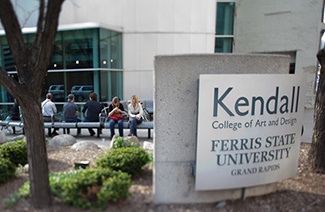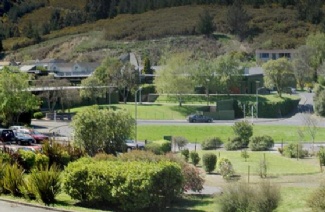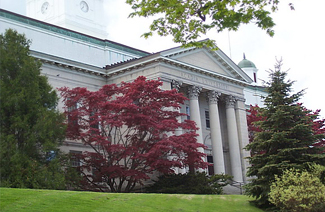下面是小编为广大考生们真理的真题练习,关于岩石,并且附有文本、答案和题目,以方便大家备考,希望考生们平时能根据小编整理的真题进行练习,TPO固然重要,也不要忽视真题哦,小编希望考生们在
Under the Earth's topsoil, at various levels, sometimes under a layer of rock, there are deposits of clay. Look at cuts where highways have been built to see exposed clay beds; or look at a construction site, where pockets of clay may be exposed. Rivers also reveal clay along their banks,and erosion on a hillside may make clay easily accessible. What is clay made of? The Earth's surface is basically rock, and it is this rock that gradually decomposes into clay. Rain, streams, alternating freezing and thawing, roots of trees and plants forcing their way into cracks, earthquakes, volcanic action, and glaciers — all of these forces slowly break down the Earth's exposed rocky crust into smaller and smaller pieces that eventually become clay.Rocks are composed of elements and compounds of elements. Feldspar, which is the most abundant mineral on the Earth's surface, is basically made up of the oxides silica and alumina combined with alkalis like potassium and some so-called impurities such as iron. Feldspar is an essential component of granite rocks, and as such it is the basis of clay. When it is wet, clay can be easily shaped to make a variety of useful objects, which can then be fired to varying degrees of hardness and covered with impermeable decorative coatings of glasslike material called glaze. Just as volcanic action, with its intense heat, fuses the elements in certain rocks into a glasslike rock called obsidian, so can we apply heat to earthen materials and change them into a hard, dense material. Different clays need different heat levels to fuse, and some, the low-fire clays, never become nonporous and watertight like highly fired stoneware. Each clay can stand only a certain amount of heat without losing its shape through sagging or melting. Variations of clay composition and the temperatures at which they are fired account for the differences in texture and appearance between a china teacup and an earthenware flowerpot.
1. The author's main point in paragraph 1 is that clay deposits
(A) conceal layers of rock
(B) can be found in various places
(C) are usually small
(D) must be removed from construction sites
2. It can be inferred from the passage that clay is LEAST likely to be plentiful in which of the
following areas?
(A) in desert sand dunes
(B) in forests
(C) on hillsides
(D) near rivers
3. The word "accessible" in line 4 is closest in meaning to
(A) buried
(B) improved
(C) available
(D) workable
4. According to the passage , rock breaks down into clay under all of the following conditions
EXCEPT when
(A) it is exposed to freezing and thawing
(B) roots of trees force their way into cracks
(C) it is combined with alkalis
(D) natural forces wear away the Earth's crust
5. Why does the author mention feldspar in line 10?
(A) It is often used as a substitute for clay.
(B) It is damaged by the oxides in clay.
(C) Its presence indicates inferior clay.
(D) It is a major component of clay.
6. The word "it" in line 13 refers to
(A) iron
(B) feldspar
(C) granite
(D) clay
7. Based on the information in the passage , it can be inferred that low-fire clays are MOST
appropriate for making objects that
(A) must be strong
(B) can be porous
(C) have a smooth texture
(D) are highly decorated
8. The phrase "account for" in line 22 is closest in meaning to
(A) reduce
(B) explain
(C) combine with
(D) list all of
9. The passage supports which of the following conclusions?
(A) Clay deposits are only found deep in the Earth.
(B) If clay contains too much iron it will melt when fired.
(C) Only certain types of clay are appropriate for making china teacups.
(D) If sufficient heat is applied, all clay will become nonporous.
托福阅读答案:
BACCD BBBC
另外有一则好消息,针对托福备考,

















